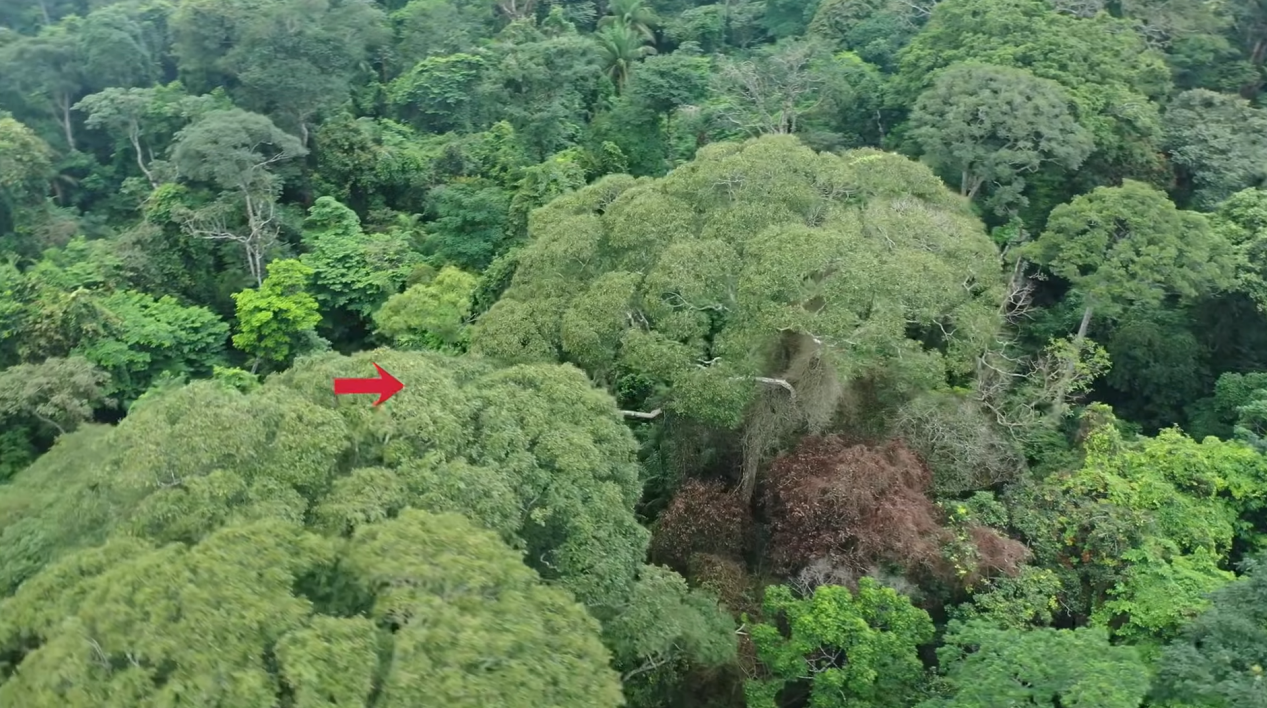
For centuries, scientists believed lightning only brought destruction to trees. While some trees struck by lightning might survive with severe damage, most were destroyed or killed. But recent discoveries in tropical forests have overturned this assumption, revealing a tree species that not only survives lightning strikes but strategically uses them to dominate its environment.
The breakthrough came in 2015 when ecologist Evan Gora observed a Dipteryx tree in Panama’s jungles. Though struck by lightning, the tree showed very little damage, while surrounding plants—including parasitic vines (寄生藤蔓) and neighboring trees—were obliterated. The vines had been blasted out of the tree’s large crown almost completely, while all the trees around it had died. This sparked a hypothesis: What if this tree actually benefited from lightning?
To test this theory, Gora’s team tracked 93 lightning-struck trees in Panama’s Barro Colorado Island Nature Monument over several years. The results were striking: All nine Dipteryx trees survived with little harm, whereas 64% of other species died within two years. Lightning eliminated approximately 78% of parasitic vines on Dipteryx trees and killed an average of 9.2 competing trees per strike. By redirecting electricity through their conductive branches or gaps, the lightning cleared competing plants, giving Dipteryx trees significantly greater access to sunlight and soil nutrients.
Further analysis revealed evolutionary advantages. Dipteryx trees grow over 30 meters tall—several meters higher than neighboring species—with wide, flat crowns acting as natural lightning conductors. Their structures make them 68% more likely to be struck than average trees. Over their 300-year lifespan, a Dipteryx tree may survive six or more strikes. “It’s better for them to be struck than not,” Gora concluded in a recent study.
Researchers suspect the trees’ survival may relate to superior electrical conductivity (导电性). This discovery challenges ecological assumptions, showing how certain species take advantage of natural disasters to thrive. Scientists are now investigating whether other “lightning-resistant” trees exist, potentially rewriting our understanding of forest ecosystems.
原创编写 版权所有 侵权必究! 每日更新 个性化阅读 英语飙升!





 更多优质学习内容
更多优质学习内容



